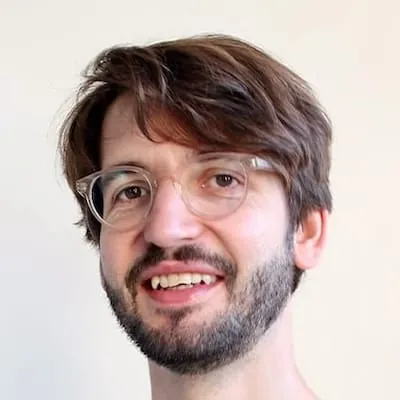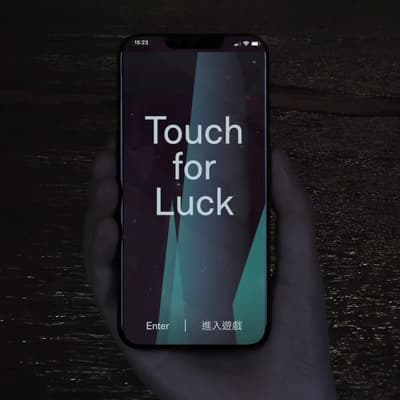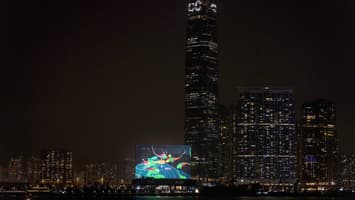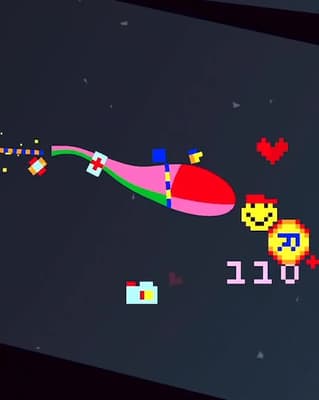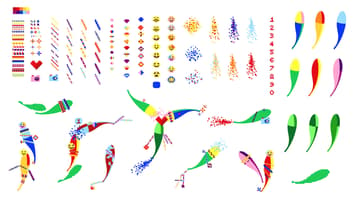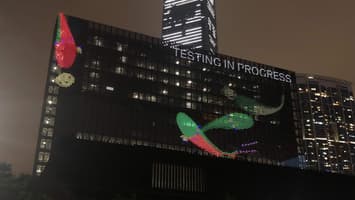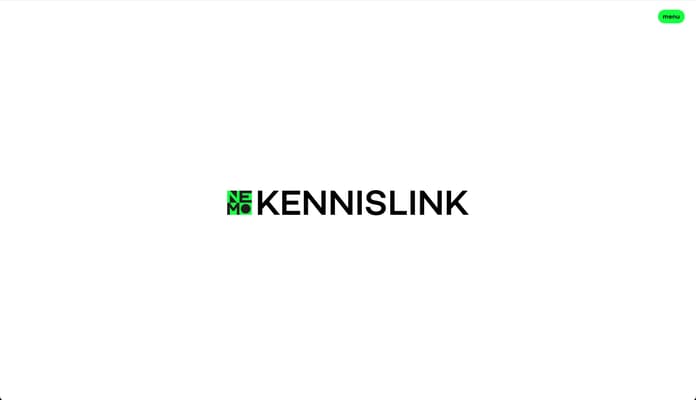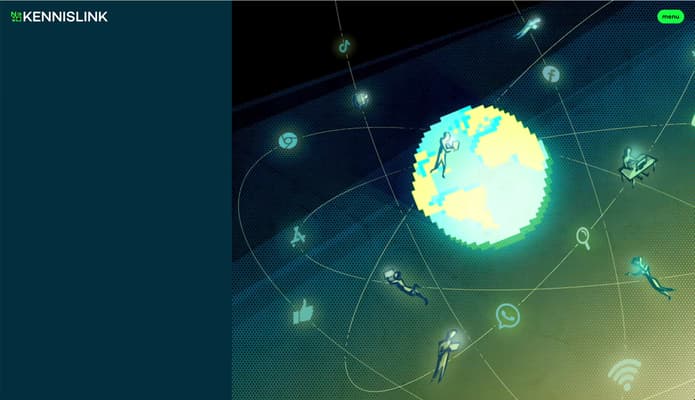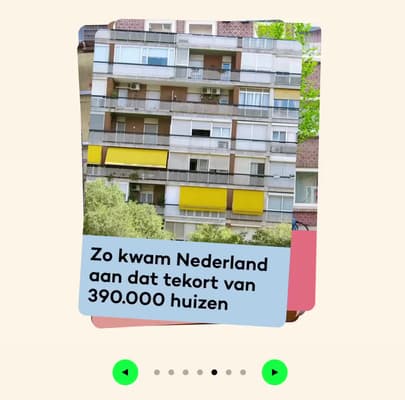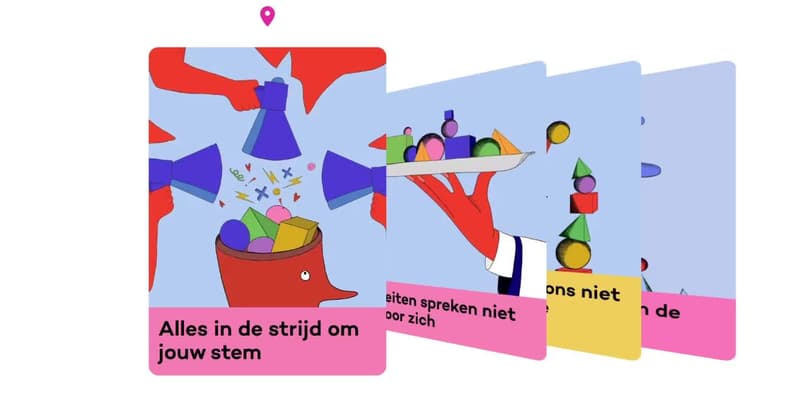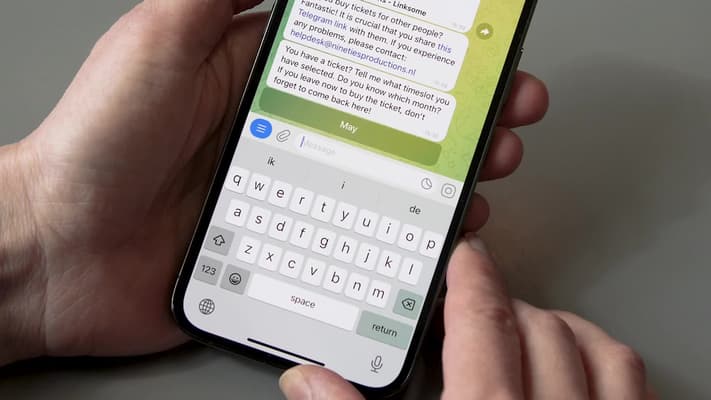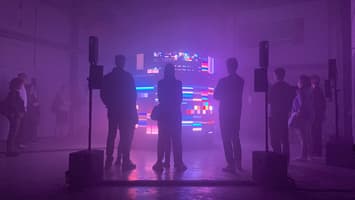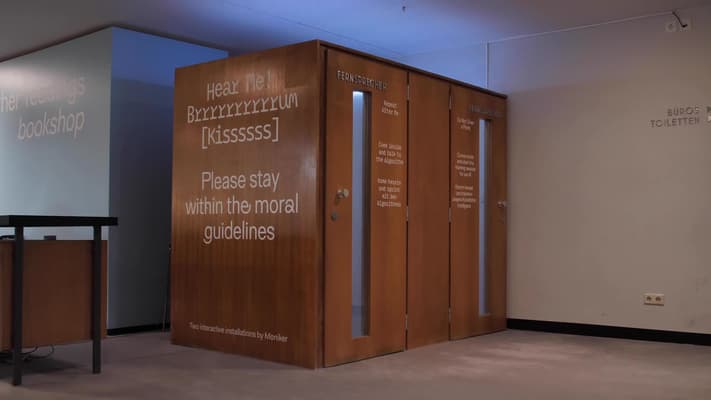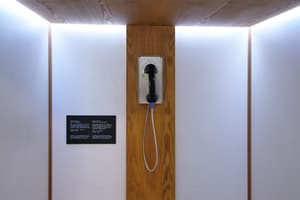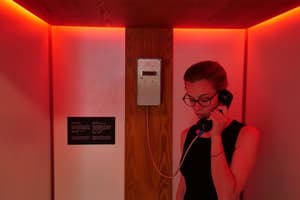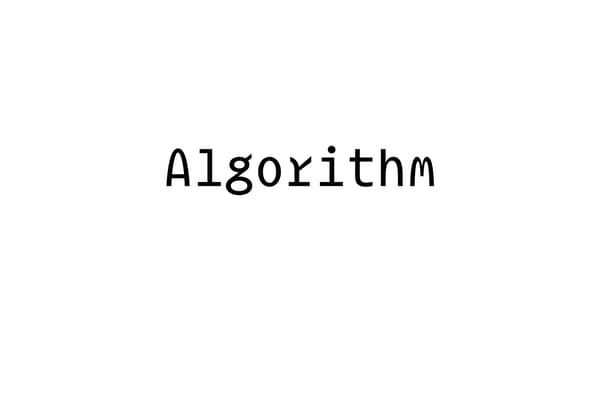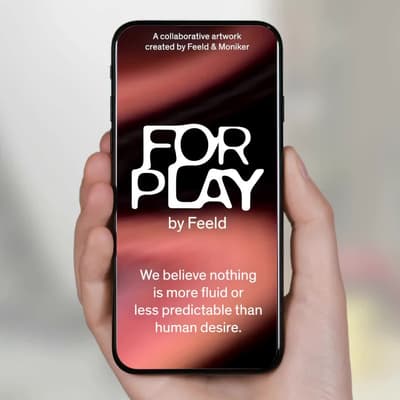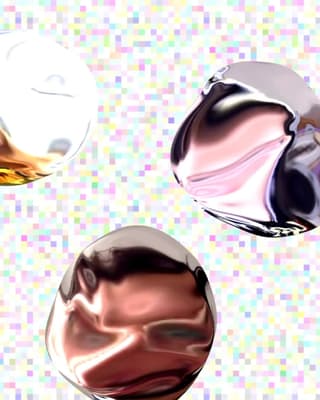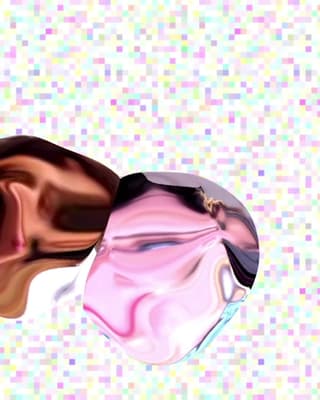Touch for Luck is an interactive multiplayer game commissioned by M+, Hong Kong’s new museum of visual culture, where mobile users control fish avatars by touching their screens. These avatars are displayed live onto the museum’s 7,000m² media facade, creating a shared experience that explored our screen-based habits through playful interaction.
As lead developer at Moniker, I was responsible for most of the technical implementation. Grischa Erbe created the avatar animations, while Jae Perris focused on back-end development and performance optimization. I designed the overall architecture and connected all parts of the project — from real-time user input and UI development to the live view on the façade, along with tools for testing and development. To ensure smooth performance at scale, I also implemented a custom autoscaling system that dynamically spun up additional servers as player numbers increased.
